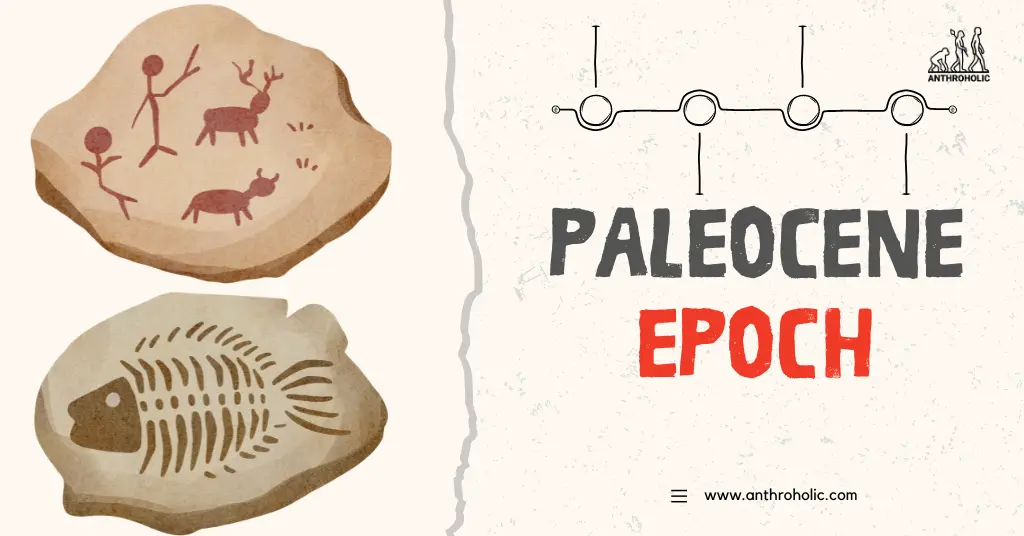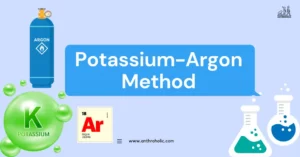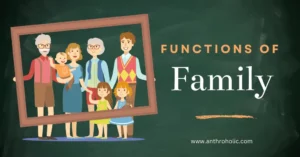AI Answer Evaluation Platform Live Now. Try Free Answer Evaluation Now
Paleocene Epoch
The Paleocene epoch, a term derived from the Greek words “palaios” (old) and “kainos” (new), marks the beginning of the “old new” world following the extinction of the dinosaurs. This epoch, which spanned from 66 to 56 million years ago, was a time of significant global change and evolutionary innovation [1].

The End of the Dinosaurs and the Rise of Mammals
The Paleocene epoch began with a mass extinction event, the Cretaceous-Paleogene (K-Pg) extinction, which wiped out about 75% of all species on Earth, including most dinosaurs [2]. This event, likely caused by a massive asteroid impact, drastically altered Earth’s ecosystems, paving the way for new species to evolve and thrive.
In the wake of the dinosaurs’ extinction, mammals, which had been small and nocturnal during the Mesozoic era, began to diversify rapidly. They evolved into a wide variety of forms and sizes, occupying ecological niches left vacant by the dinosaurs. Some of the notable mammalian groups that emerged during the Paleocene include the primates (our own group), rodents, and the odd, hoofed mammals known as condylarths [3].
Climate and Environment
The Paleocene was a time of warm global temperatures, with no polar ice caps. The climate was humid and tropical, and the world was heavily forested. This warm, wet climate was ideal for the growth of lush vegetation, providing ample food resources for the burgeoning mammalian populations [4].
However, towards the end of the Paleocene, there was a brief, intense period of global warming known as the Paleocene-Eocene Thermal Maximum (PETM). This event, which saw temperatures rise by as much as 6°C, had profound effects on the planet’s climate and ecosystems, and is often studied as a potential analogue for modern climate change [5].
Paleocene Fauna and Flora
The Paleocene epoch was characterized by a diverse array of animal and plant life.
Fauna
The fauna of the Paleocene was dominated by mammals, but reptiles, birds, and insects were also abundant. Some of the notable Paleocene animals include:
- Mammals: Early primates, rodents, and condylarths.
- Birds: Large flightless birds like Gastornis.
- Reptiles: Non-avian dinosaurs had gone extinct, but other reptiles like turtles, snakes, and crocodiles thrived.
Flora
The flora of the Paleocene was dominated by angiosperms, or flowering plants, which had first appeared in the Cretaceous. Ferns and gymnosperms (non-flowering plants) were also common. The warm, humid climate of the Paleocene was ideal for the growth of dense forests, which were dominated by palm trees and magnolias [6].
Paleocene Geology and Continental Drift
During the Paleocene, the continents were in the process of drifting to their current positions. The supercontinent of Pangaea had begun to break up in the Jurassic, and by the Paleocene, the continents were well on their way to their present-day locations [7].
In North America, the Western Interior Seaway, which had split the continent in two during the Cretaceous, finally receded. This created a land connection between the previously separated eastern and western landmasses, allowing for the exchange and mixing of flora and fauna [8].
In the southern hemisphere, South America and Antarctica were still connected, and Australia was just beginning to separate from Antarctica. This configuration of the continents had a significant impact on global climate and ocean currents [9].
The Paleocene-Eocene Thermal Maximum (PETM)
As mentioned earlier, the Paleocene epoch ended with a significant climatic event known as the Paleocene-Eocene Thermal Maximum (PETM). This event, which occurred approximately 55.8 million years ago, was characterized by a rapid increase in global temperatures and a massive influx of carbon into the Earth’s atmosphere and oceans [10].
The PETM is of particular interest to scientists today because it may provide insights into the potential impacts of current human-induced global warming. During the PETM, global temperatures increased by 5-8°C over a period of just 20,000 years, a rate of warming comparable to that predicted for the next century due to human activities [11].
The PETM had a profound impact on life on Earth, causing a significant turnover in marine and terrestrial biota and leading to the rapid evolution and dispersal of mammals and other groups. It also led to ocean acidification and a significant extinction event in the deep sea.
Paleocene’s Legacy
The Paleocene epoch, while not as well-known as the dinosaur-dominated Mesozoic era that preceded it, was a critical period in Earth’s history. It was a time of recovery and renewal, a period when life rebounded from one of the most catastrophic extinction events in Earth’s history. The Paleocene saw the rise of mammals to dominance, the continued drift of the continents towards their present-day positions, and significant changes in Earth’s climate.
The Paleocene epoch set the stage for the Eocene, a period of continued mammalian evolution and diversification, and laid the groundwork for the world as we know it today. As such, the study of the Paleocene is not just a study of the past, but also a window into understanding the present and predicting the future.
Conclusion
The Paleocene epoch was a time of recovery and renewal following one of the most catastrophic events in Earth’s history. It was a period of rapid evolution and diversification, particularly among mammals, and it set the stage for the rise of the modern groups of animals and plants that we know today. As such, the Paleocene epoch holds a unique and important place in the history of life on Earth.
References
[1] Prothero, D. R. (2006). After the Dinosaurs: The Age of Mammals. Indiana University Press.
[2] Schulte, P., et al. (2010). The Chicxulub Asteroid Impact and Mass Extinction at the Cretaceous-Paleogene Boundary. Science, 327(5970), 1214-1218.
[3] Rose, K. D. (2006). The Beginning of the Age of Mammals. Johns Hopkins University Press.
[4] Zachos, J. C., et al. (2001). Trends, Rhythms, and Aberrations in Global Climate 65 Ma to Present. Science, 292(5517), 686-693.
[5] McInerney, F. A., & Wing, S. L. (2011). The Paleocene-Eocene Thermal Maximum: A Perturbation of Carbon Cycle, Climate, and Biosphere with Implications for the Future. Annual Review of Earth and Planetary Sciences, 39, 489-516.
[6] Wing, S. L., et al. (2005). Transient Floral Change and Rapid Global Warming at the Paleocene-Eocene Boundary. Science, 310(5750), 993-996.
[7] Blakey, R. (2014). Paleogeography and Paleotectonics of the Western Interior Seaway, Jurassic-Cretaceous of North America. The Journal of Geology, 122(5), 561-577.
[8] Prothero, D. R. (2013). Bringing Fossils to Life: An Introduction to Paleobiology. Columbia University Press.
[9] Lawver, L. A., & Gahagan, L. M. (2003). Evolution of Cenozoic seaways in the circum-Antarctic region. Palaeogeography, Palaeoclimatology, Palaeoecology, 198(1-2), 11-37.
[10] McInerney, F. A., & Wing, S. L. (2011). The Paleocene-Eocene Thermal Maximum: A Perturbation of Carbon Cycle, Climate, and Biosphere with Implications for the Future. Annual Review of Earth and Planetary Sciences, 39, 489-516.
[11] Zachos, J. C., et al. (2008). An early Cenozoic perspective on greenhouse warming and carbon-cycle dynamics. Nature, 451(7176), 279-283.
[11] Thomas, E. (2007). Cenozoic mass extinctions in the deep sea: What perturbs the largest habitat on Earth? Geological Society of America Special Papers, 424, 1-23.




